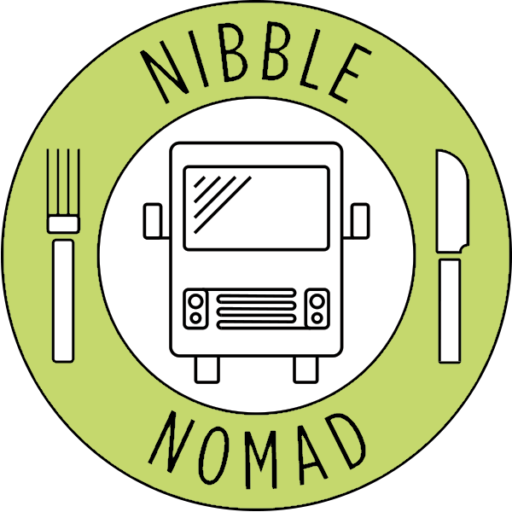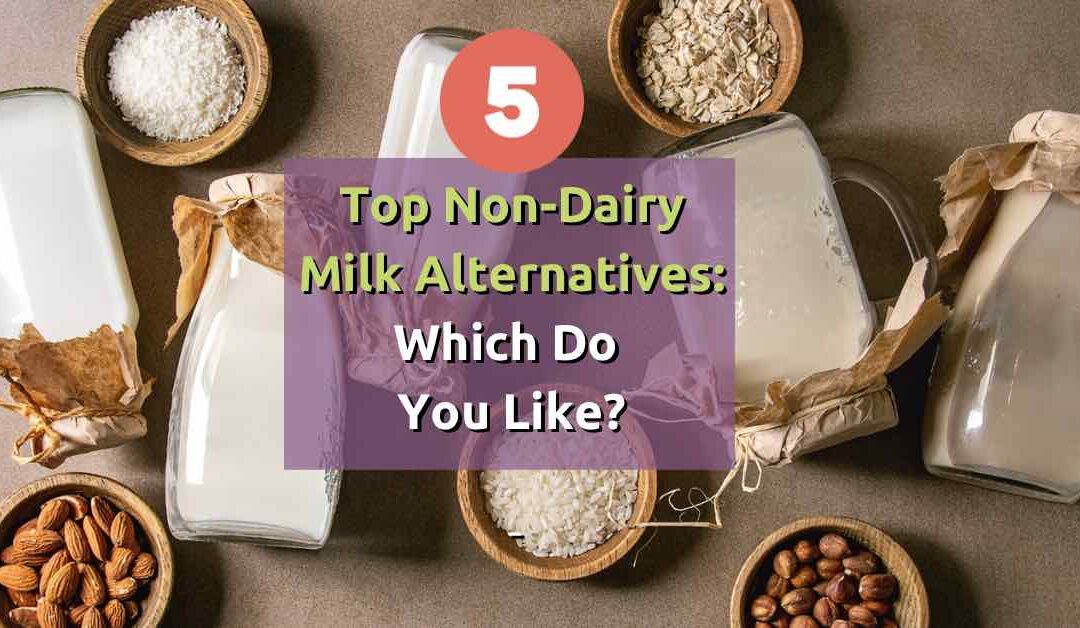Have you ever considered non-dairy milk alternatives but didn’t really know which one was the best for you? Here is a list of the 5 top non-dairy milk alternatives to help you make that choice.
Try to remember back when we all saw those commercials telling us that if we drink milk every day, we will grow up to be big and strong like Superman.
Schools gave out and still give dairy milk to kids every day at lunch. The problem with all this cow milk is that it has to be refrigerated.
A nomadic lifestyle tends not to afford us a constant stream of electricity.
Some of us are fortunate enough to have solar on the roof or in a portable form which helps keep the refrigerator running.
The reality is that the space in a compact RV kitchen or van fridge is prime real estate, so trying to keep the milk cold can sometimes be a challenge. But fear not; there is an answer.
Not all nuts and grains are equal
Non-dairy milk alternatives can be really great. They are a significant source of vitamins, protein, and fats.
These types of beverages don’t bring any lactose, cholesterol, or saturated fats into the picture. Most of them come in many varieties.
You can get them with sweetener or without. They can be fortified with calcium, if you want that, or flavored to give them a little vanilla taste.
The best part is that you can get them outside of the refrigeration section.
| Disclosure: Please note this post may contain affiliate links. There is no additional cost to you – we earn a commission if you purchase using our links. We only link to products and companies we use and recommend.
The storage answer
That’s where aseptic processing of non-dairy milk alternatives for a nomadic lifestyle comes in.
They package the non-dairy milk alternative liquids in these magic sterile containers. They are shelf-stable items that don’t need refrigeration.
Now that’s what an off-grid camper wants to hear.
These boxes are used for a variety of foods, but the dairy alternatives are the ones key to off-grid storage.
They are compact and sealed, so they can be stowed in pretty much any available space you have in your compact kitchen, RV or van.
The top 5 non-dairy milk alternatives
So what kinds of alternative milk products are out there now? Here are the top 5 to consider.
Some of them are only available in bigger retail grocery stores. Others, such as cashew and rice milk, are not as easy to come by.
Remember that most of these can be homemade and purchased at the store, which can be a great help when you are remote camping.
Let’s start with soy milk
This non-dairy milk alternative was the king back in the day. It really was the only option for non-dairy drinkers for years.
It is made from whole soybeans or soy protein isolate.
The soybeans are soaked and ground, then the mixture is boiled and filtered to remove the remaining particulates.
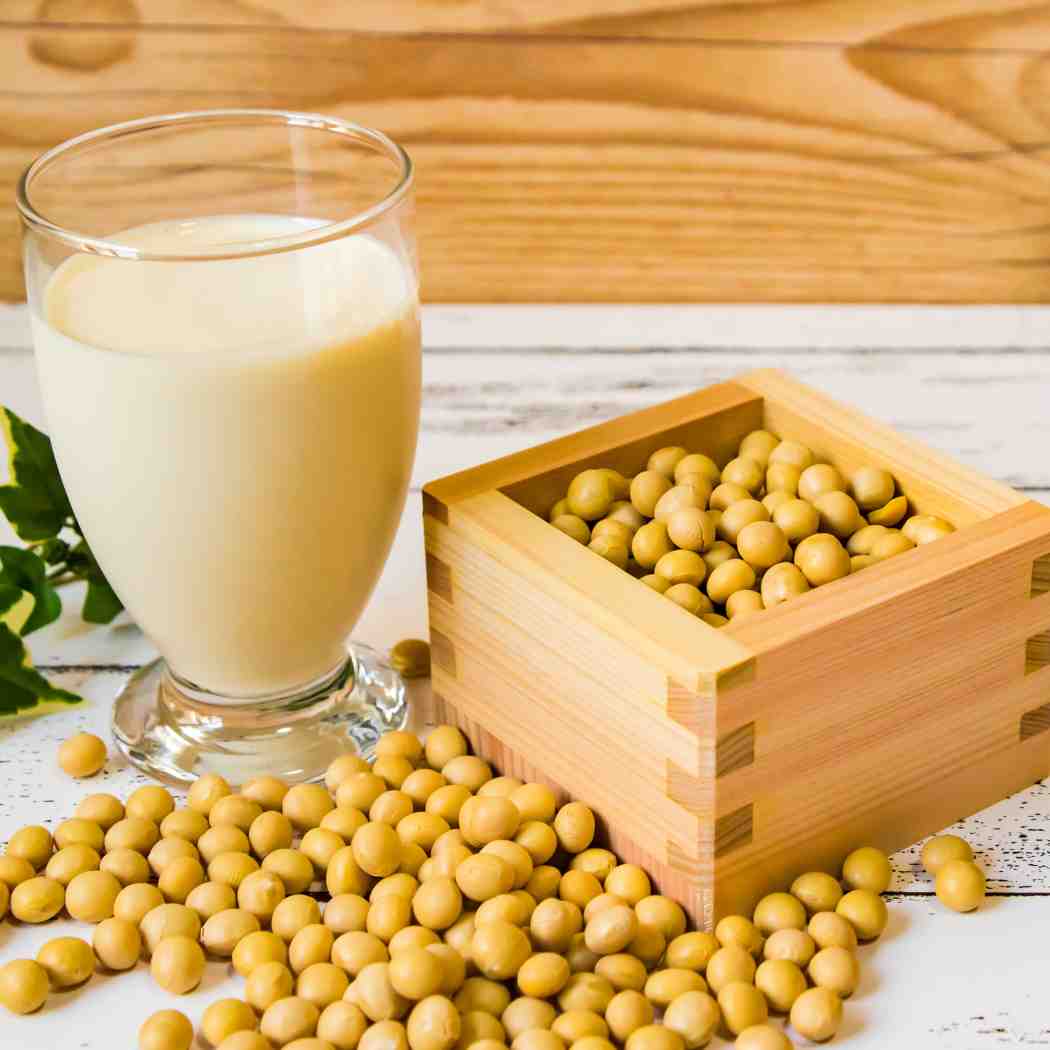
Soy milk was easy to find in most grocery stores, which made it popular with people living a nomadic lifestyle.
This option is an excellent source of protein, fiber, vitamin D, and vitamin B-12.
Soy milk has a lot of potassium and only a little calcium. But, food processors offer a variety of calcium-fortified choices.
It can also be fortified with additional nutrients.
Now keep in mind that because it is not coming from an animal, none of them have any cholesterol or saturated fat.
They also don’t have lactose, which is a problem for many people, including myself.
It’s great for smoothies and coffee, of course, and comes in a variety of flavors.
Many people are allergic to soy, so there might be other options. However, you should definitely check with your doctor if you have any concerns.
The ever popular Almond Milk
When this became popular, it pushed soy milk out of the number one spot in the 2000s.
As more and more people became health conscious, they panicked about how much soy they were eating. So there was a need for an alternative solution. Almond milk fills that need.
Almond milk, which is one of the 5 top non-dairy milk alternatives, is made by blending almonds and water and then straining out the pulp.
Like soy milk, it is low in saturated fats and cholesterol-free. It has almost 4 grams of fat, 2 grams of carbs, and 2 grams of protein.
Almond milk only has 40 calories per cup, which is less than half that of dairy skim milk.
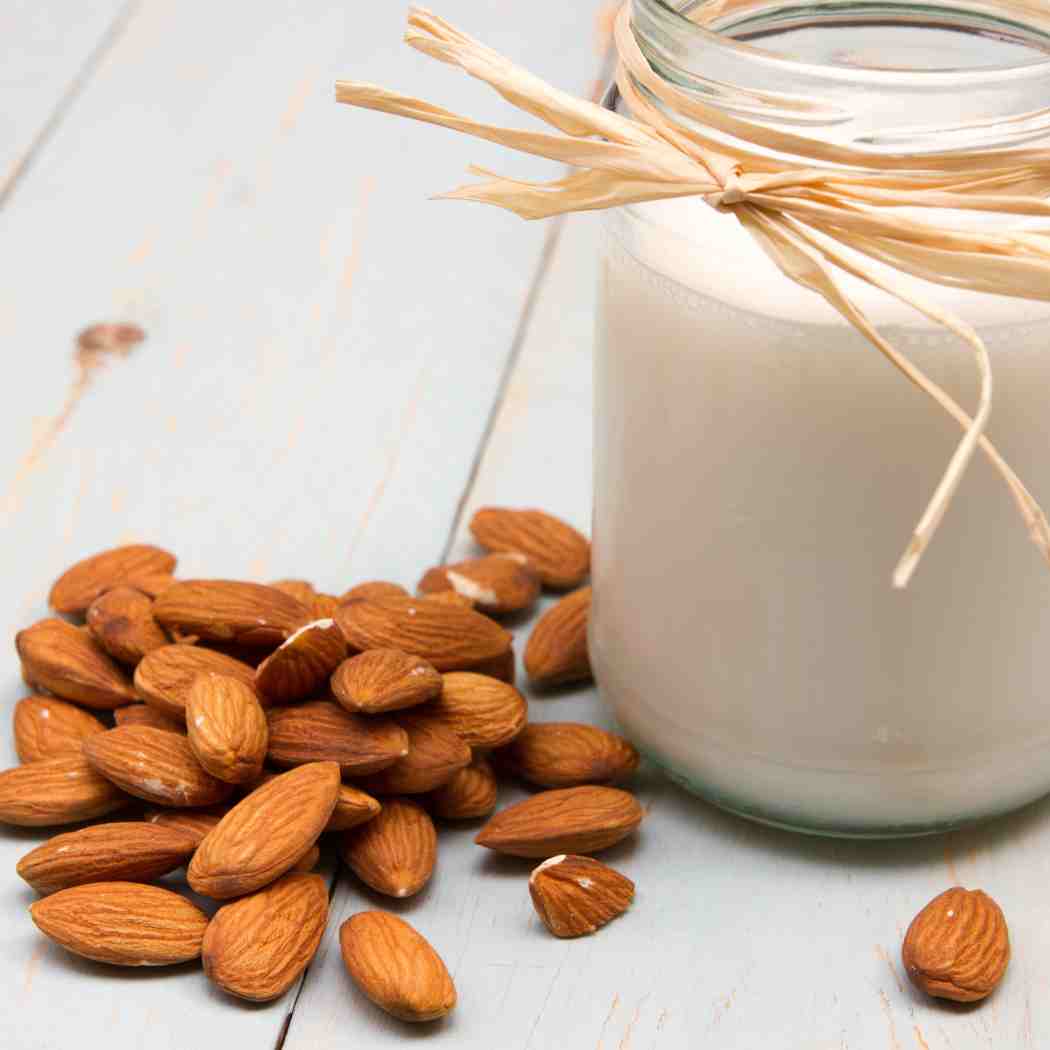
Now I know you are asking yourself how this could be when almonds themselves have a lot of calories.
Actually, by the way, that the almond milk is made, there really isn’t a lot of almonds left in the milk, so the calories don’t really make it into the beverage.
It’s naturally lactose-free and low in sugar (unless you get the sweetened stuff).
Vitamin E is naturally in almond milk. It’s, of course, dairy-free and vegan.
Almond milk is definitely a great option when dairy is a nutritional problem for you.
Check out my article about how easy it is to make at home.
Again, always check with your doctor if you have any concerns.
Oat milk: climbing the ladder of success
Now, oat milk is actually one of the 5 top non-dairy milk alternatives that are taking almond milk by storm. Every coffee shop and breakfast place offers it now.
Oat milk is thicker and a little sweeter than soy or almond milk, which is excellent for frothing lattes.
It’s also a fantastic alternative to cow or nut milk.
People with nut allergies or lactose intolerance now have an excellent creamy choice.
One of the significant benefits of oat milk to vegans is that they fortify most varieties with vitamin B-12.
That’s the vitamin that is usually supplied by animal products that plant-based eaters lack.
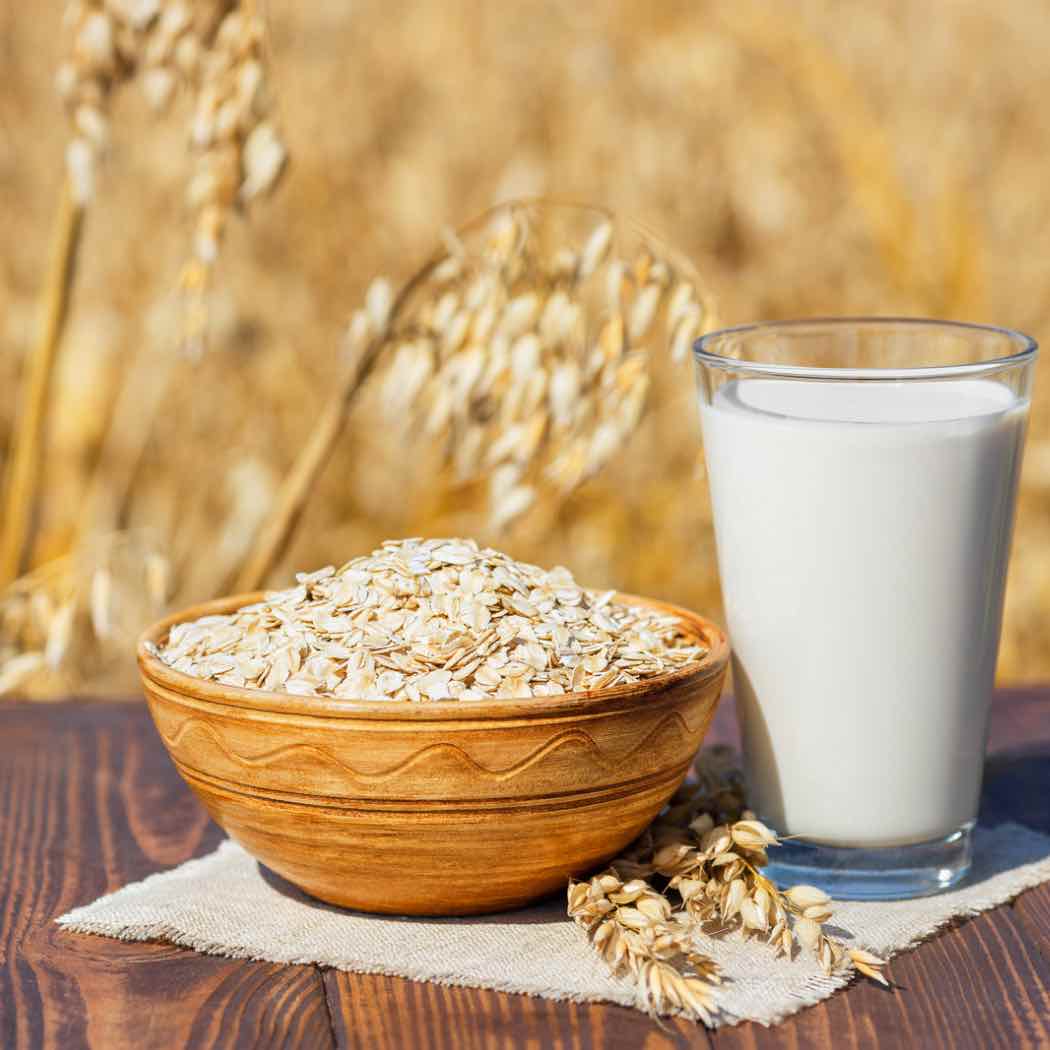
Oat milk also is an excellent source of fiber and vitamin D. It may contain some trace amounts of gluten, so always check the labels.
It also gives you a nice helping of iron. One glass a day gives you 10% of your daily target.
One of the downsides of oat milk is the calorie count. Oat milk has 130 calories per cup and 15 grams of carbohydrates.
Oat milk has a creamy texture and a nutty flavor.
Rice milk is getting more popular as a non-dairy milk alternative
To make rice milk, the rice is soaked in water, then it is blended with more water, and then strained through a cheesecloth.
This non-dairy milk alternative is much more watery than the other options and has a slightly sweeter taste.
If you have nut or soy allergies, then this one is for you.
It is lower in protein and contains higher amounts of carbohydrates. The carbs come from the natural sugar in rice.
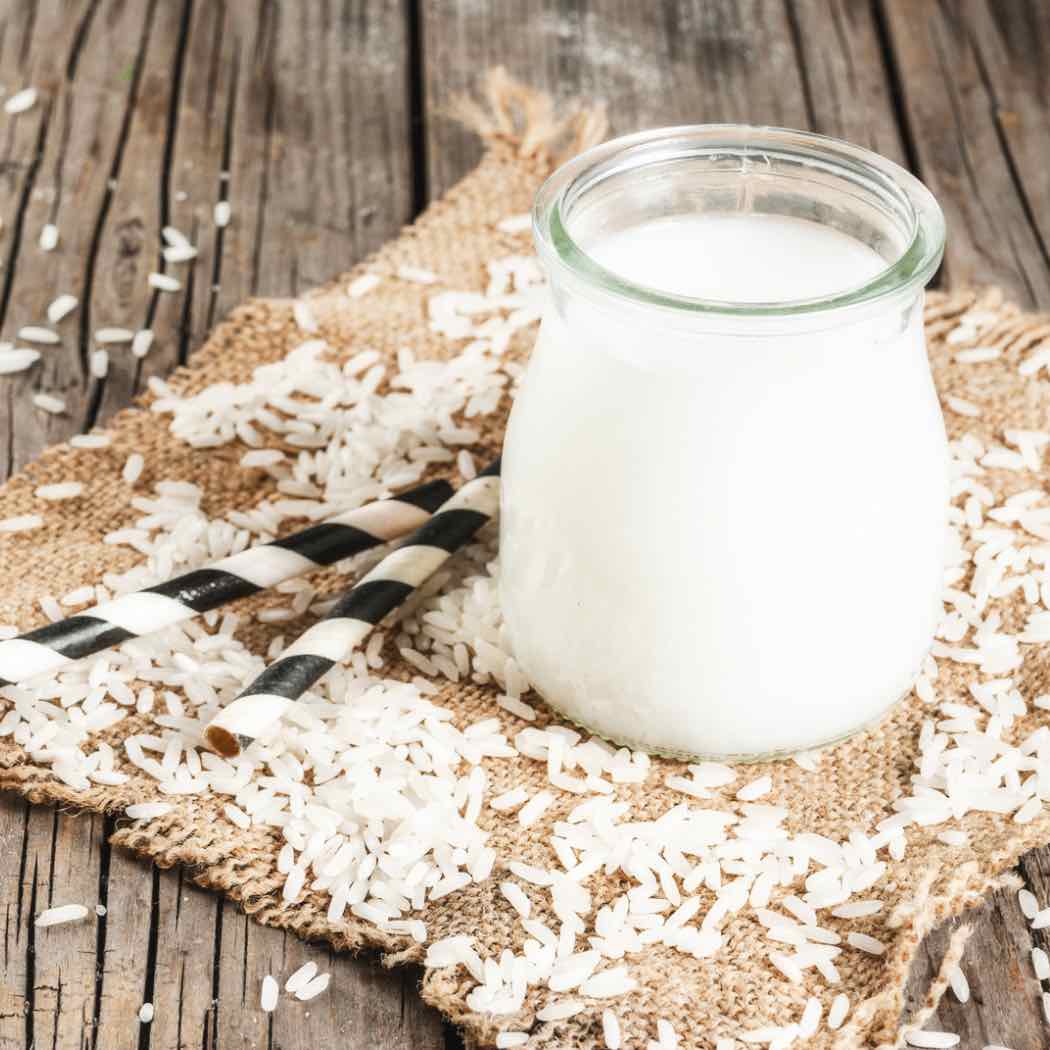
This non-dairy milk alternative might be harder to find in your typical grocery store chain. But it is definitely in all of the natural food stores.
The popularity of rice milk is growing rapidly, making it a viable option when trying to avoid dairy milk.
This is not a non-dairy milk alternative that should be consumed on a daily basis due to its low protein and high cholesterol.
It has 112 calories per cup and 22 grams of carbohydrates.
People with diabetes should avoid it.
Let’s talk about cashew milk as a non-dairy milk alternative
Cashew milk is made almost the same way as almond milk by soaking the cashews overnight and then draining and blending with fresh water.
It is then strained with a nut bag to give you the liquid milk alternative.
This milk is much lower in calories, 25 calories per cup, which makes it a good option when watching your weight.
When it is processed, it gives you a nice creamy texture for smoothies, coffee, and cereal.
It’s also much lower in carbohydrates, 1 gram to be exact, which is less than rice milk.
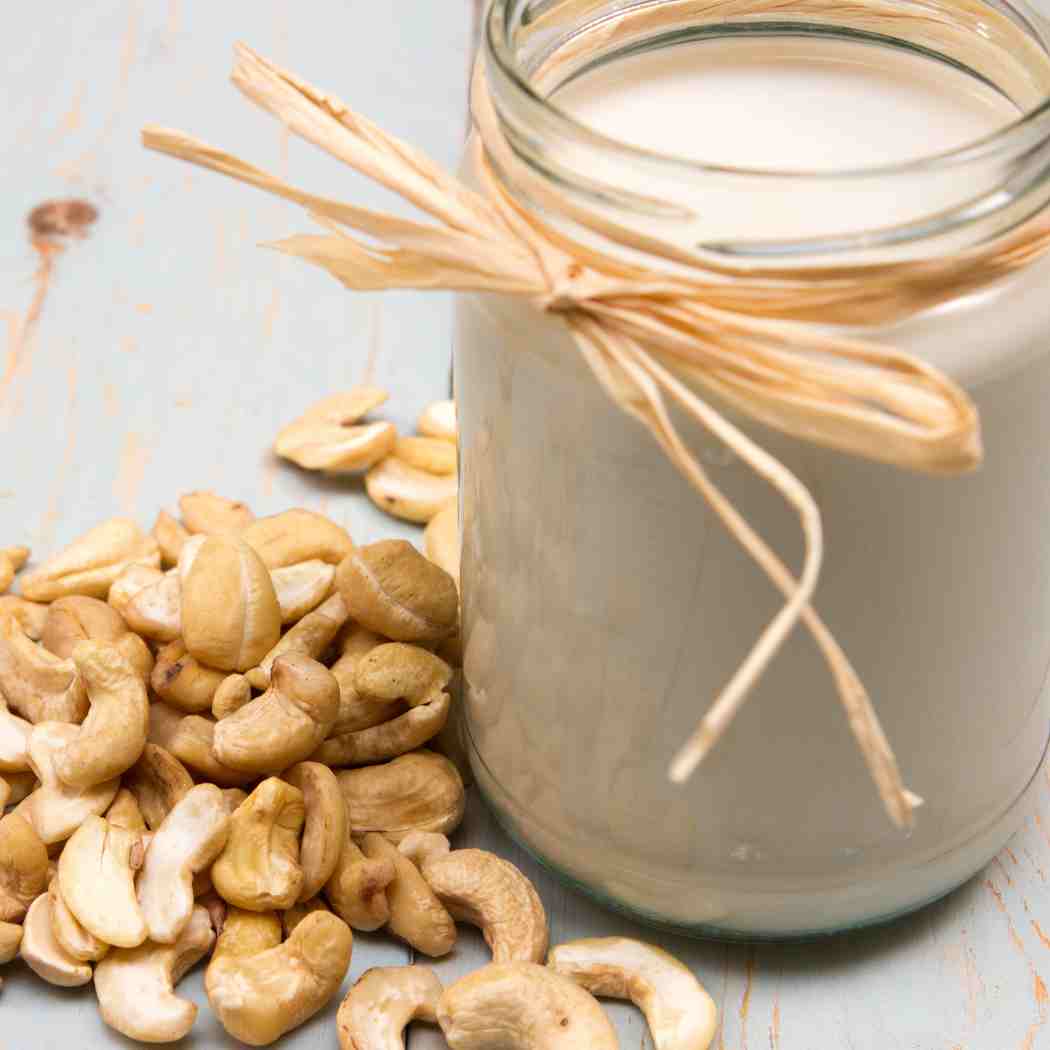
Cashew milk is somewhat low in protein, so that is why when it is processed, it is fortified at the same time.
One of the problems that cashew milk has is the actual growing of the cashews.
It takes quite a lot of water to sustain the growth of cashews. Every pound of cashews requires 1704 gallons of water to grow properly.
Nibble Tip: If you have the room and the refrigeration, then buying refrigerated non-dairy milk is great. But because there is no dairy in milk alternatives, it makes it much easier to store your non-dairy milk where ever you have room in a small kitchen, RV, or camper van.
Finally
When it comes to non-dairy milk alternatives, the playing field is growing very quickly.
More and more different nuts and grains are being processed into a non-dairy milk alternative.
Because more people are becoming lactose intolerant, the need for different alternatives is growing.
People on a vegan diet are pretty happy there are so many milk alternatives to choose from now more than ever.
One might be better regarding vitamins, while another is great for helping with weight loss.
The question is, which one of the 5 top non-dairy milk alternatives do you like the taste of the most, and which one is ultimately better for you?
In short, dairy alternatives are here to stay. Trying all the different ones is really the only way to find the one that works the best for you.
The fact that they can be put into aseptic packaging and do not need refrigeration is a plus for people in small kitchens or living a nomadic lifestyle where space is a significant factor in your daily living.
Which one you choose is entirely up to you according to your health needs and limitations.
Please let us know in the comments below which one you prefer and why. We’d love to hear from you.
Check out the Pinterest card below that Paul made to help you see the differences at a glance.
It will help you decide which one is best for you and your health.
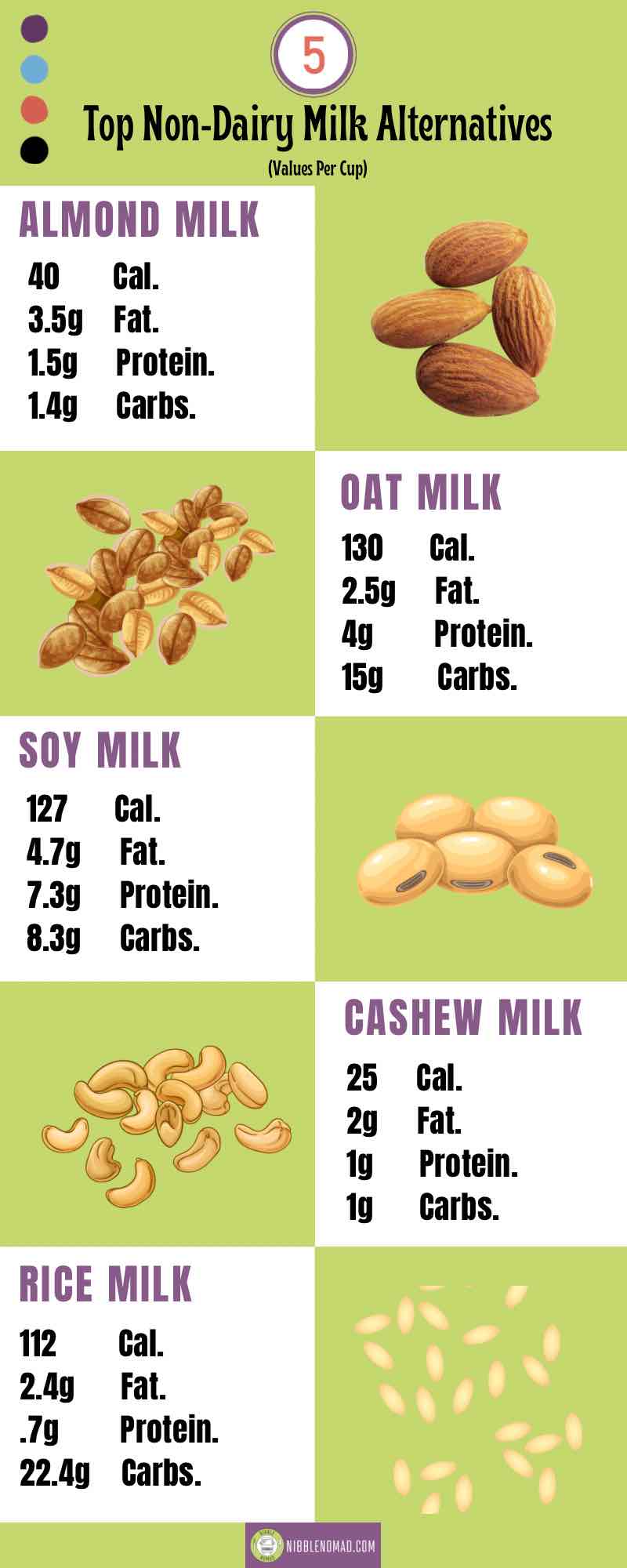
AMAZON DISCLOSURE: This website participates in the Amazon Services LLC Associates Program, an affiliate advertising program designed to provide a means for us to earn fees by linking to Amazon.com and affiliated sites.
